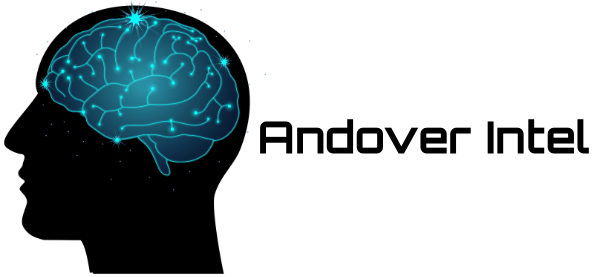We have at least the as-yet unvoted draft of the FCC’s new position on Net Neutrality, and as accustomed as I am to reading nonsense about developments in tech, the responses here set a new low. I blogged about the issues that the new FCC Chairman (Pai) seemed to be addressing here, and I won’t…
Cisco’s Quarter: Are They Really Facing the Future at Last?
Cisco reported its quarterly numbers, which were still down in revenue terms, but they forecast the first growth in revenue the company has had in about 2 years of reports. “Forecast” isn’t realization of course, but the big question is whether the gains represent what one story describes as “providing an early sign of success…
MEF 3.0: Progress but not Revolution
We have no shortage of orchestration activity in standards groups, and the MEF has redoubled its own Life Cycle Orchestration (LSO) efforts with its new MEF 3.0 announcement. The overall approach is sound at the technical level, meaning that it addresses things like the issues of “federation” of service elements across provider boundaries, but it…
Are Fiber Network Players Really Playing Well Enough?
We are seeing more signs of the fiber challenge and opportunity, and more uncertainty about how it will play out, especially in terms of winners and losers. Ciena continues to take sensible steps, Infinera continues to stumble, and making sense of these seeming contradictions is the challenging part of assessing fiber’s future. It’s not like…
Exploiting the Full Scope of IoT Opportunity
IoT has been contending for the most-hyped technology of our time, and a recent T3C Summit event that cause got a big boost. According to SDxCentral’s summary of a panel at the event, “…it makes sense that in the Internet of Things (IoT) boom, with its expected 20 billion to 50 billion connected devices by…
Can NFV Make the Transition from vCPE to “Foundation Services?”
Suppose we decided that it was time to think outside the virtual CPE box, NFV-wise. The whole of NFV seems to have fixated on the vCPE story, so much so that it’s fair to ask whether there’s anything else for NFV to address, and if so what exactly would the other options look like. vCPE…
Are the “Issues” With ONAP a Symptom of a Broader Problem?
How do you know that software or software architectures are doing the wrong thing? Answer: They are doing something that only works in specific cases. That seems to be a problem with NFV software, including the current front-runner framework, ONAP. The initial release, we’re told by Light Reading, will support a limited set of vCPE…
Does Nokia’s AirGile Advance Stateless Event-Based VNFs?
The notion of stateless microservices for networking and the cloud is hardly new. I introduced some of the broad points on state in my blog last week, but the notion is much older. Twitter pioneered the concepts, and Amazon, Google, and Microsoft have all deployed web services to support the model, which is aimed at…
Why “State” Matters in NFV and the Cloud
It’s time we spent a bit more time on the subject of “state”, not in a governmental sense but in the way that software elements behave, or should behave. State, in a distributed system, is everything. The term “state” is used in software design to indicate the notion of context, meaning where you are in…
What’s Really Needed to “Simplify” NFV
Intel says it will simplify NFV by creating reference NFVIs. Is there a need for simplification with NFV, and does Intel’s move actually address it in the optimum way? It depends on what you think NFV is and what NFVI is, and sadly there’s not full accord on that point. It also depends on where…

